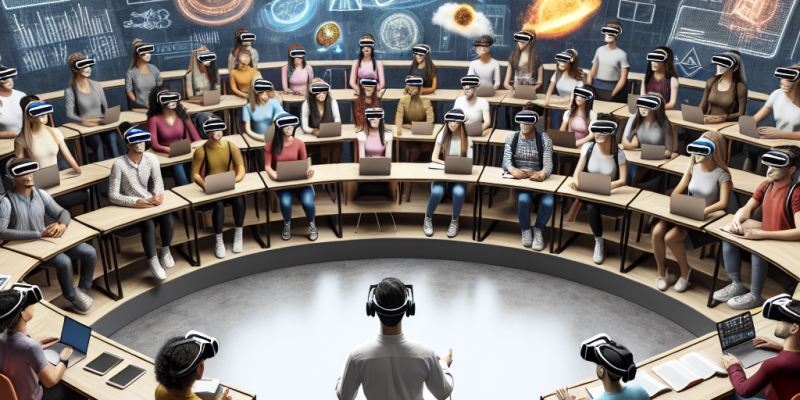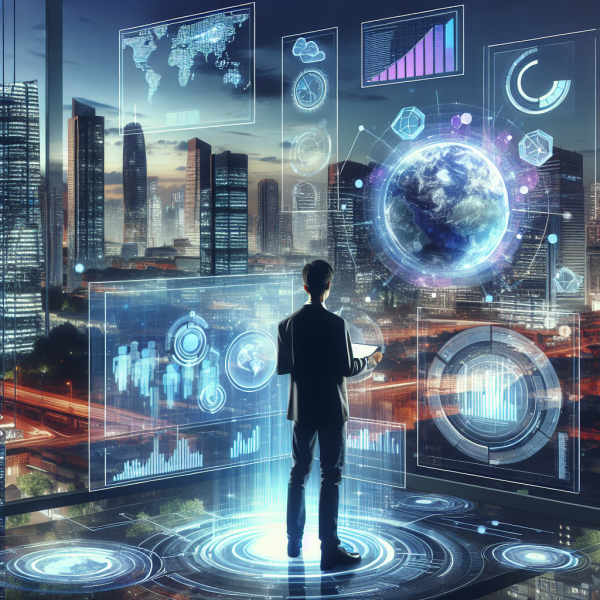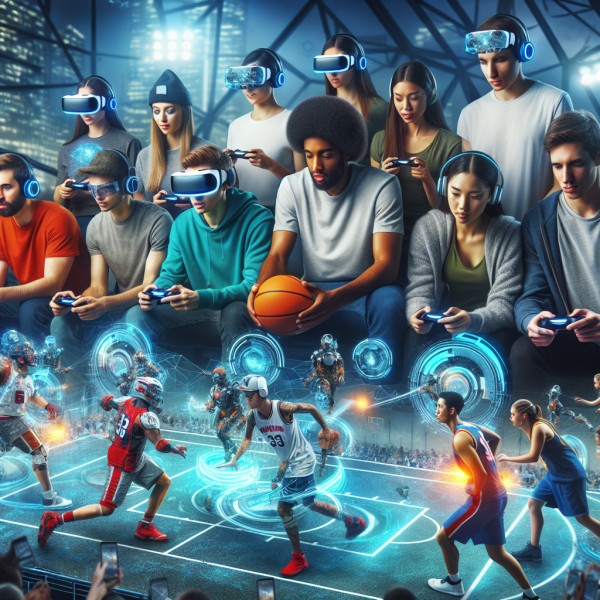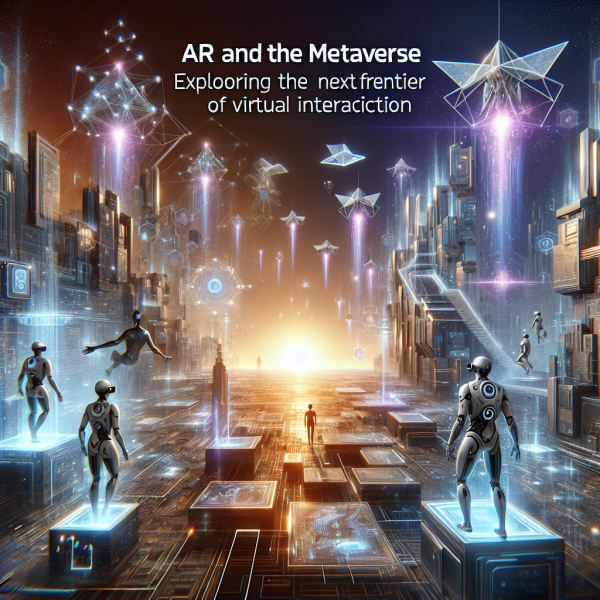Education Elevated: The Impact of Augmented Reality on Learning and Training

In an age marked by rapid technological advancements, the landscape of education continues to evolve in ways that were once considered the realm of science fiction. Among these advancements, Augmented Reality (AR) is emerging as a transformative tool, revolutionizing the way students learn and professionals train. By seamlessly blending digital information with the real world, AR enhances engagement, facilitates deeper understanding, and creates immersive experiences that transcend traditional educational methods.
The Rise of Augmented Reality in Education
Augmented Reality refers to the technology that overlays digital content—such as images, sounds, and information—onto the real-world environment. Unlike Virtual Reality (VR), which immerses users in a completely virtual experience, AR maintains a connection to the physical world, making it particularly suited for educational applications.
The adoption of AR in education has grown significantly within the last few years. With the increasing accessibility of smartphones and tablets, developers have created a variety of AR applications tailored for classrooms, museums, and corporate training environments. This surge in interest is fueled by the desire to create more interactive and immersive learning experiences.
Enhanced Engagement and Interactivity
One of the most notable impacts of AR in education is its ability to enhance student engagement. Traditional teaching methods often struggle to capture and maintain the attention of students, especially in an era where digital distractions abound. AR provides a solution by transforming passive learning into an interactive experience.
For instance, students studying biology can use AR apps to visualize complex structures like cells or organ systems in three dimensions. Instead of merely reading about these concepts in a textbook, learners can explore the intricacies of biological systems through interactive models that can be manipulated and examined from different angles.
Moreover, AR can facilitate collaborative learning. Group projects become more dynamic when students can share AR experiences, allowing them to interact in real-time with digital content while discussing and analyzing information together. This sense of collaboration not only enhances learning outcomes but also helps cultivate essential teamwork skills.
Personalized Learning Experiences
Another significant advantage of Augmented Reality in education is its potential to offer personalized learning experiences. Traditional education often operates on a one-size-fits-all model, where students move through the curriculum at the same pace. However, AR can adapt to individual learning styles and pace, providing tailored content that meets specific needs.
For example, AR can present different difficulty levels for various students, enabling those who master concepts quickly to move ahead, while offering additional support and resources to those who require more time. This individualized approach can be incredibly beneficial in special education environments, where inclusive practices are essential for effective learning.
Practical Applications in Professional Training
The benefits of Augmented Reality extend far beyond traditional classrooms. In professional training, AR is increasingly being adopted in industries like healthcare, manufacturing, and aviation, where hands-on experience is crucial. Medical students can practice surgical procedures using AR simulations, gaining real-time feedback without the risks associated with live surgeries. Similarly, technicians can use AR to overlay schematics and instructions directly onto machinery, enabling them to perform maintenance and repairs more efficiently.
AR also enhances safety training by simulating hazardous scenarios without real-world consequences. For instance, workers in construction or chemical handling can practice emergency response protocols in a controlled AR environment, ensuring they are well-prepared for actual incidents.
Challenges and Considerations
Despite the tremendous potential of Augmented Reality in education and training, several challenges remain. Accessibility is a primary concern; not all students and educators have access to AR-enabled devices or high-speed internet, which may widen the educational gap. Furthermore, the development of quality AR content requires significant investment in both time and resources, which can be a hurdle for schools and institutions operating on tight budgets.
Additionally, educators must be trained to effectively integrate AR into their teaching strategies. The technology should complement, rather than replace, existing pedagogical methods. A thoughtful approach to implementation is necessary to ensure AR is used as a tool for enrichment, rather than simply a novelty.
The Future of Learning with Augmented Reality
As technology continues to develop, the future of education with Augmented Reality looks promising. The potential for AR to create immersive, engaging, and personalized learning experiences is boundless. With ongoing advancements in AR hardware and software, we can expect a more widespread adoption of this technology in classrooms and professional training programs across the globe.
In conclusion, the impact of Augmented Reality on education and training cannot be overstated. As we embrace this innovative technology, we have the opportunity to elevate learning experiences, making them more interactive, accessible, and effective. By preparing students for the complexities of the modern world and equipping professionals with the skills they need to succeed, AR is poised to redefine how we learn and grow in an increasingly interconnected and fast-paced world.













